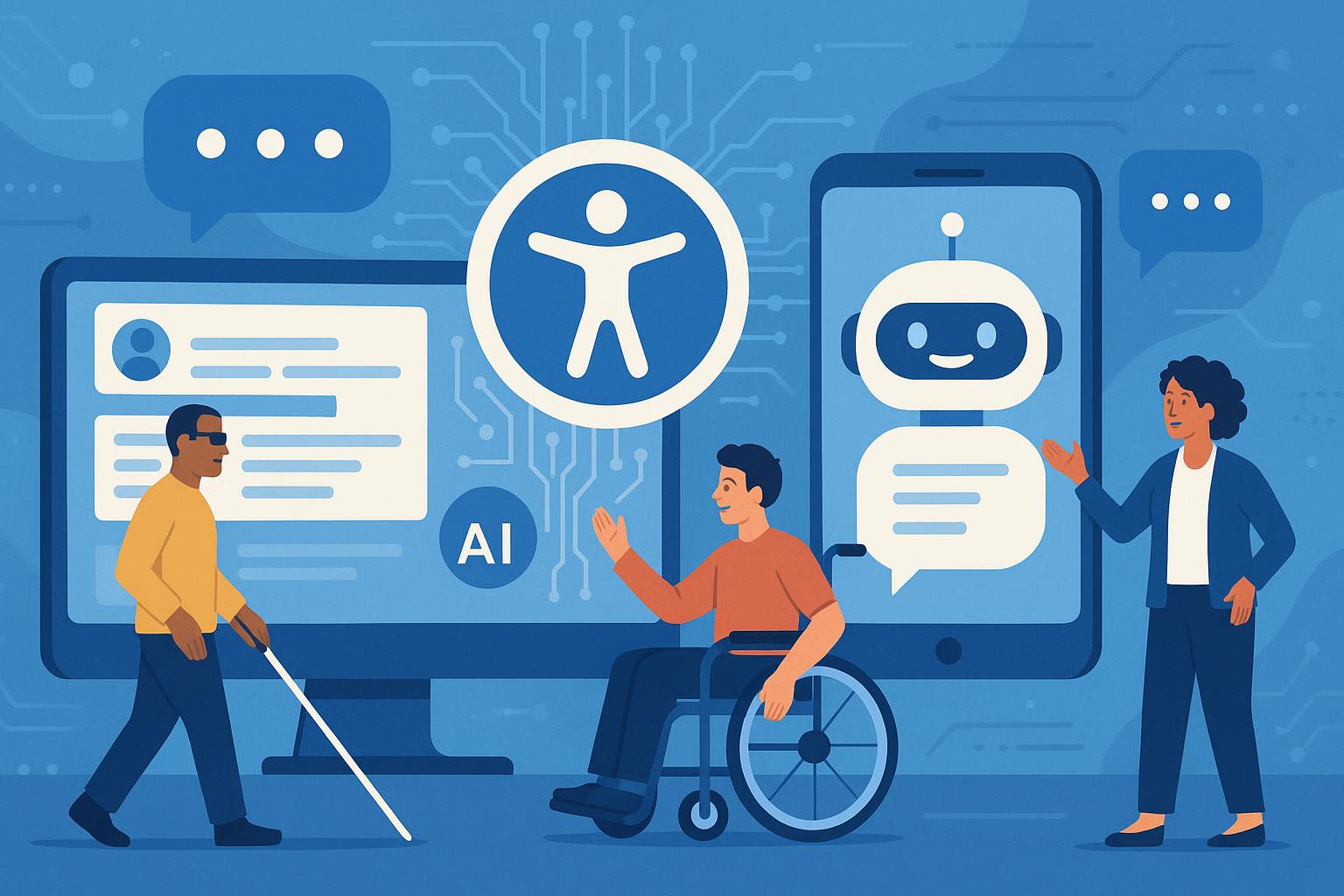The Human Side of Digital Transformation
As businesses across all industries embrace the wave of digital transformation, the focus often leans heavily on technology. However, the success of these initiatives hinges not just on implementing new technologies but also on how well the human elements are managed. This article explores the crucial role of human factors in the success of digital transformation initiatives. By exploring strategies to cultivate a culture that embraces change, enhances digital literacy, and encourages innovative thinking, businesses can ensure a smoother transition to digital-first operations.
Understanding Digital Transformation
Digital transformation involves using digital technologies to create or modify existing business processes, culture, and customer experiences to meet changing business and market requirements. This reimagining of business in the digital age is more than just automation; it transcends traditional roles like sales, marketing, and customer service. Instead, digital transformation begins and ends with how you think about, and engage with, customers. As we move from paper to spreadsheets to smart applications for managing our business processes, this evolution requires a new way of integrating people, processes, and technology.
Key Human Factors in Digital Transformation
Success in digital transformation requires more than just cutting-edge technology; it necessitates a deep understanding and strategic management of the human aspects involved. Here are some critical human factors:
- Leadership Commitment: Leaders must drive digital initiatives by setting a clear vision and being actively involved in the transformation processes.
- Employee Engagement: Engaging employees throughout the transformation process ensures that they are committed and motivated.
- Organizational Culture: A culture that promotes innovation, agility, and continuous learning is crucial for digital transformation.
Cultivating a Culture that Embraces Change
Change is often met with resistance. To effectively manage this, organizations must cultivate a culture that not only tolerates but actively embraces change. Here are some strategies to achieve this:
- Communicate Clearly and Often: Regular and transparent communication about what the changes entail and how they will benefit the organization and its employees can alleviate fears and build trust.
- Involve Employees in the Transition: Including employees in the decision-making process can make them feel valued and more receptive to change.
- Recognize and Reward Adaptability: Acknowledging and rewarding efforts to adapt can reinforce positive behavior and encourage others.
Enhancing Digital Literacy Among Employees
As digital tools become integral to business operations, ensuring that all employees have the necessary digital skills is essential. Effective strategies include:
- Comprehensive Training Programs: Implement tailored training programs that address the specific digital skills gaps among employees.
- Continuous Learning Opportunities: Encourage continuous learning by providing regular updates on technological advancements and access to learning resources.
- Support Systems: Establish mentorship and support systems to help employees adapt to new technologies.
Encouraging Innovative Thinking
Innovative thinking is at the heart of digital transformation. Here’s how businesses can foster an environment that encourages innovation:
- Create a Safe Space for Experimentation: Allow employees to experiment and learn from failures without fear of repercussions.
- Incentivize Innovation: Set up incentive programs that reward creative ideas and innovations.
- Collaborative Platforms: Use collaborative platforms that allow employees to share ideas and collaborate on innovative projects.
Effective Communication Strategies
Communication plays a pivotal role in the success of digital transformation efforts. Effective communication strategies include:
- Use of Diverse Communication Channels: Utilize a mix of communication channels to reach different segments of the organization effectively.
- Feedback Mechanisms: Implement effective feedback mechanisms to gauge employee sentiment and gather insights on areas for improvement.
- Regular Updates: Keep all stakeholders informed about the progress of digital transformation initiatives with regular updates.
Leadership Roles in Supporting Digital Transformation
Leadership is crucial in steering any digital transformation initiative towards success. Leaders should:
- Lead by Example: Demonstrate a commitment to digital adoption by using new technologies and practices.
- Provide Clear Vision and Direction: Clearly articulate the vision and strategic objectives of the digital transformation efforts.
- Empower Employees: Empower employees by providing them with the resources and authority to drive change.
Conclusion
The journey towards digital transformation is complex and challenging, with success significantly dependent on how well the human elements are integrated into the process. By fostering a culture that embraces change, enhancing digital literacy, encouraging innovative thinking, and ensuring effective communication and strong leadership, businesses can navigate the intricacies of digital transformation more smoothly. Remember, at the heart of a successful digital transformation is not just technology, but people.















